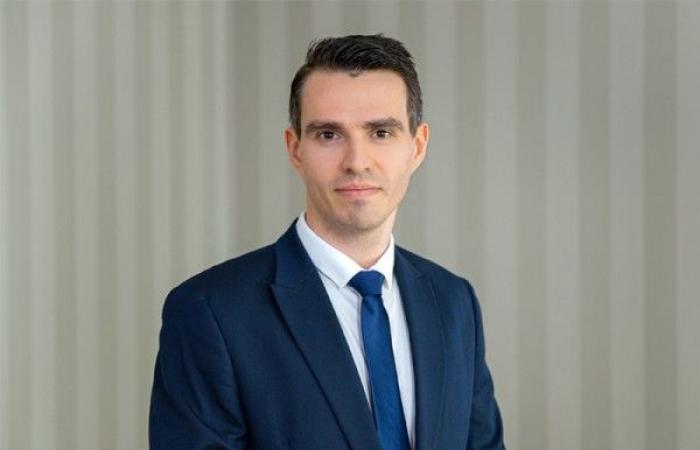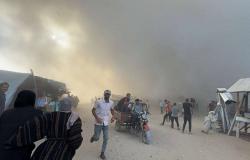The transition to a green economy represents a challenge requiring a considerable amount of metals and minerals.
Recent years have been marked by high volatility and political uncertainty. As traditional financial assets have become increasingly correlated and concentrated, investors are looking for diversifying instruments to navigate an ever-changing financial landscape.
After a decade of relative indifference, the benefits of investing in commodities have become more evident in recent years. In 2022, inflation has affected both stock and bond markets, leading to the worst performance of traditional balanced portfolios in decades. Conversely, diversified commodity futures strategies delivered double-digit returns.
Since the beginning of the year, the commodities market has seen a broad-based recovery, outperforming traditional asset classes, prompting investors to question whether it is still a good time to invest.
The consumption of raw materials is currently at an unprecedented level in our modern societies. Demographic growth in emerging countries and global economic development are accompanied by growing energy demand. The global economy, coupled with digitalization, demands an exponential supply of metals and minerals, with demand for metals now greater than population growth. Between 2002 and 2015, it is estimated that more materials were extracted from the ground than since the beginning of the 20th century.e century.
The next decade presents a promising outlook for commodity markets. The current imbalance between supply and demand is creating long-term fluctuations, often referred to as a supercycle. Analysts expect this dynamic to continue in the coming years.
Indeed, as part of the fight against climate change, governments are encouraged to reduce their dependence on fossil fuels in favor of renewable energies. The Paris Agreement, which aims to limit global warming to 1.5°C, has led to the establishment of ambitious objectives in terms of energy production and “green transition” infrastructure.
The green transition requires metal-consuming infrastructure and will lead to a lasting imbalance between supply and demand for mining products. Mining relies on energy-intensive extraction processes mainly powered by fossil fuels. In addition, fossil fuels will remain essential in order to compensate for the intermittency of renewable energies.
In order to mitigate the impact of fossil fuels on climate change, the energy transition also focuses on alternative fuels, including increasing the share of biofuels in the transport sector. In line with the European Union Green Deal, more than 60% of aircraft taking off in Europe will have to use biofuels by 2050. This initiative revives concerns about the use of arable land and food crops for energy production, as well as questions about the sustainability of biofuels due to the use of fertilizers and other inputs derived from petrochemicals and mining residues.
The transition to a green economy is a challenge requiring a considerable amount of metals and minerals. To support this transition, the energy sector will play a crucial role, as will the supply of agricultural products to exploit new sources of renewable energy and meet growing food needs.
At J. Safra Sarasin, our approach aims to optimize exposure to the various commodity sectors – energy, metals and agricultural products – in an efficient manner. This approach has demonstrated its effectiveness, as evidenced by the outperformance of our strategy relative to its benchmark over the past 17 years.







